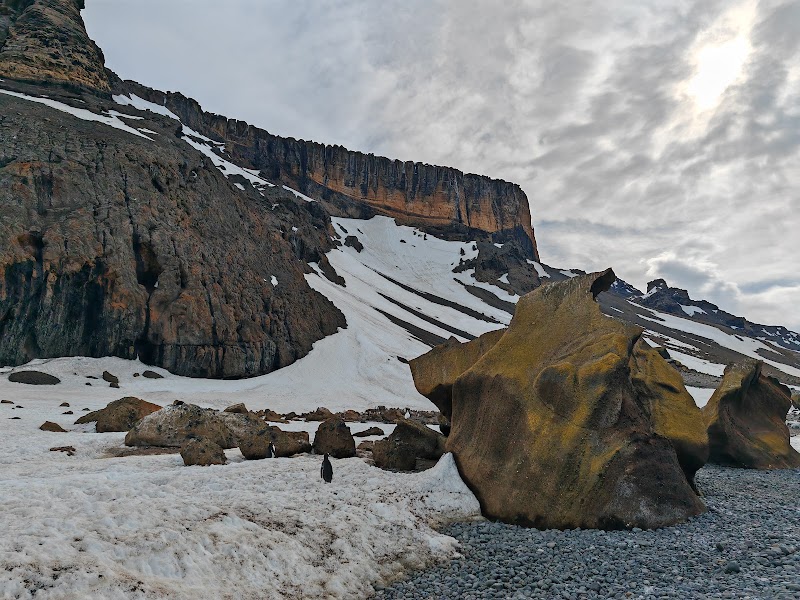
Antarctic Treaty System Adventures
The Antarctic Treaty System is a pioneering international agreement dedicated to preserving the continent of Antarctica for peaceful and scientific purposes. It uniquely balances environmental protection with international collaboration.
Popular Activities
Plan Your Visit
Everything you need to know to prepare for an unforgettable trip to Antarctic Treaty System.
Entrance Requirements
All visitors require permits; managed by national Antarctic programs.
Best Time to Visit
Visitation is primarily during the Antarctic summer months, November to March, due to milder weather.
Visitor Information
Research stations serve as centers for limited visitor interaction.
Getting There
Access is typically via ship or, irregularly, by air; there are no formal roads.
Weather & Climate
Antarctica's climate is the coldest on Earth, with summer temperatures ranging from -20°F to 20°F. Winters can plummet to -70°F or lower.
Conservation Efforts
Climate change presents significant challenges, impacting ice melts and ecosystem health. Human activity is highly controlled to minimize disruptions.
Camping in Antarctic Treaty System
Find the perfect spot to stay overnight and immerse yourself in the details.
Top Trails
Observation Hill Trail
Offers panoramic views of the McMurdo Station and surrounding ice scape.
Trailblazer Tips
Visitors should ensure their presence is eco-friendly and comply with strict environmental protocols.
Antarctica experiences polar seasons; travel mainly occurs between November and March.
All visits require permits, which are regulated under stringent international guidelines.
Special gear such as insulated clothing and UV protection is necessary due to extreme weather conditions and high sun exposure.
